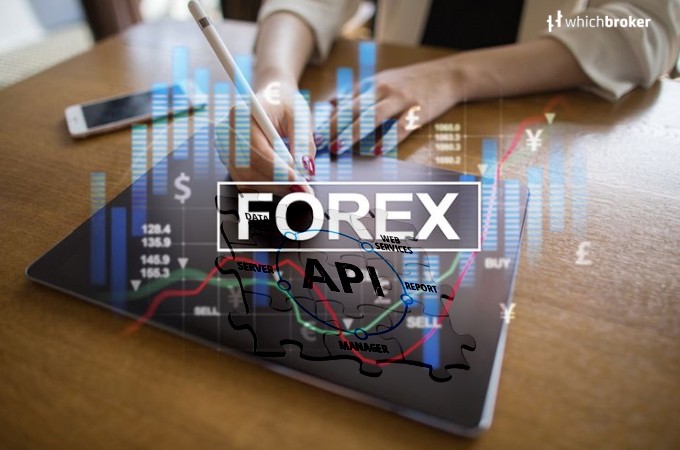Foreign Exchange APIs are available to clientele through the New Change FX Exchange. This followed after the blockchain firm confirmed their upcoming suite of options through their website’s blog. It’ll enable consumers to have access to FX-TCA Calculations & Models, which is gained through the NCFX Benchmark Data. It should be noted that this is the original product from this blockchain firm, with the NCFX being licensed by the European Securities and Markets Authority. This extends to an additional approval with the Financial Conduct Authority. All of these licenses enable for NCFX to provide consolidated forex reference rates without any governing concerns.
Clientele can inquire data calculations through these API Suites, with updated information coming through the Last Rate. Those unaware of the Last Rate shouldn’t be surprised, with the unknown feature enables for singular prices with currency pairings. The additional API suites provided will include Open-High-Low-Close, Time Weighted Average Prices and the Timeseries Tick Data. When it applies to the Calculation APIs, clients have access to analytic live trading performances that are measured. Included in these ALTPs are shortfalls with pre and post-trade market impact data. The result is a consistent influx of information that assist with future trades.
Those investors or traders wanting the capability to forecast their trading results should engage with these APIs. It enables for strategies of execution to be altered, providing more efficient trading on numerous levels.
The Blog Posting
The official statement from New Change FX reads: “Within the API suite we are pleased to add new models that calculate the Efficient Trading Frontier for a given transaction and an Estimated Market Impact model. These models can be run pre-trade in order to better inform traders of market conditions before execution, and post-trade to judge the efficiency of an execution strategy. This is a significant step away from naïve spread modelling as prevailing volatility and drift conditions are considered in these new models.”
These statements continued through their blog with: “Run proprietary pre-trade and post-trade analytics to identify the optimal trading trajectory and efficient price for a given currency pair, amount, trade start time and end time.”

